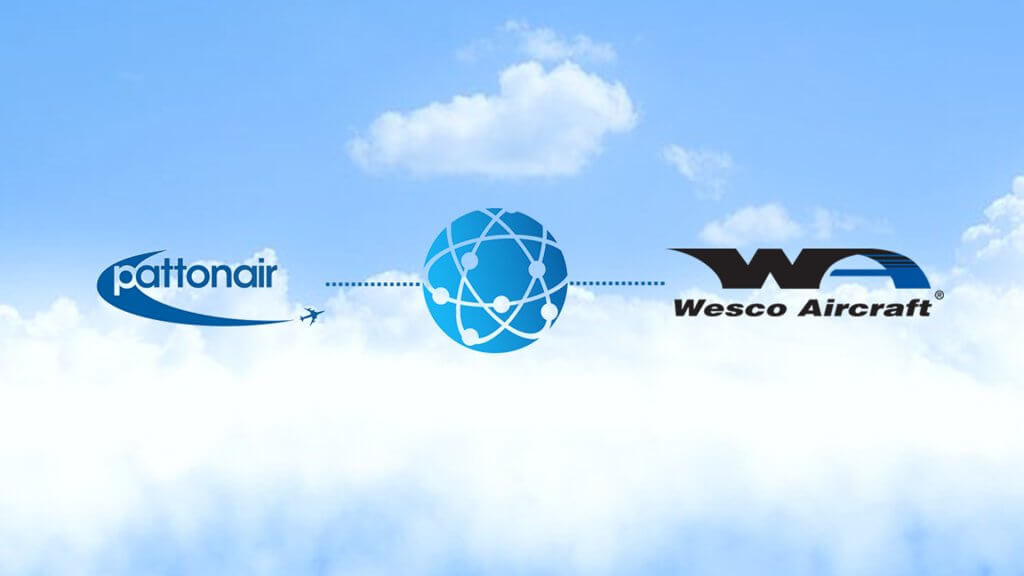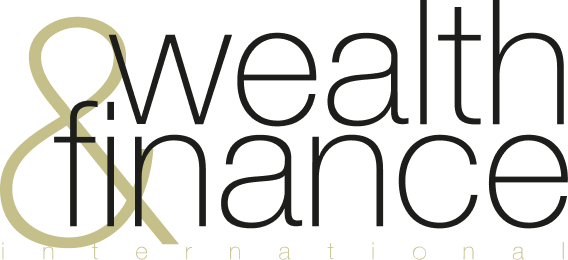Cross-Border M&A Is Hot, but There’s a Trap for Tax Planners

Cross-border mergers and acquisitions are at their hottest pace since before the financial crisis. In fact, M&A volume was $1.10 trillion in 2014, up from $775.3 billion in 2013 and the highest since 2008.
Intangible assets like intellectual property and goodwill play an increasingly large role in these transactions. However, there’s a trap for corporate tax and financial planners, warns New York accounting firm Marks Paneth: Using the wrong method to value intangibles can raise red flags to tax authorities and lead to audits, penalties or regulatory actions, or to lengthy litigation.
One of the valuation methods — financial reporting — results in significantly lower valuations for intangibles than the other — transfer pricing. The financial reporting approach is standard in most transactions. But when the transaction is cross-border, different rules come into play that may require the transfer pricing method, which leads to a higher valuation and a bigger tax bill.
“Tax planners need to understand the differences between the two methods and know which to apply — the wrong choice can result in costly penalties and sanctions, or protracted litigation,” says Angela Sadang, Director in the Financial Advisory Services group at Marks Paneth.
“Tax authorities frown on low valuations,” Ms. Sadang says, “especially when that makes it easier to transfer an asset to a more favorable tax jurisdiction. The IRS and other tax authorities have warned that financial reporting valuations should only be used as a ‘starting point’ for transfer pricing and may not stand up to scrutiny. Courts don’t always agree — the IRS has lost two major transfer-pricing cases. But defending those cases can be expensive and isn’t guaranteed to work.”
Ms. Sadang highlights the best method for valuing intangibles in cross-border M&A and the risks of getting it wrong. Among them:
• Why there’s confusion about valuing intangible assets: “There are two different valuation methods that use very different basic assumptions,” Ms. Sadang says. “The method used for financial reporting differs in fundamental ways from the method used in transfer pricing. Transfer pricing is usually the basis for taxation in cross-border transactions, since tax is often determined when an asset is moved from one jurisdiction to another. Also, transfer pricing typically produces a higher valuation than financial reporting, so there is more tax to be collected when transfer pricing is used.”
• How the two different methods produce such different results: “There are several major differences between the two methods. Among the most significant is that in transfer pricing, goodwill is considered part of the value of an intangible asset, and the valuation is determined from the perspective of an actual buyer. In financial reporting, goodwill is not a part of the asset, and the valuation is determined from the perspective of a market participant. Market factors generally lead to a lower price. In addition, transfer pricing is done on a pre-tax basis and estimates a longer useful life. Financial reporting is done on an after-tax basis and assumes a shorter useful life. For those reasons and others, the transfer pricing method produces a much higher valuation than the financial reporting method.”
• The consequences of choosing the wrong method: “Tax authorities including the IRS and the Organisation for Economic Cooperation and Development (OECD) are tightening controls. The IRS has issued guidance that financial reporting valuations, specifically purchase price allocations, should only be used as a ‘starting point’ for transfer pricing purposes and may not be probative. The OECD is moving similarly to make sure that member countries do not assign a low value to intangible assets in order to transfer them into a more favorable tax jurisdiction. So far, the IRS has been unsuccessful in court — the courts ruled in favor of taxpayers in two major cases, Veritas and Xilinx. But indications are that authorities will continue to press for the transfer pricing method. Companies may face audits or litigation if they apply the financial reporting method.”





















